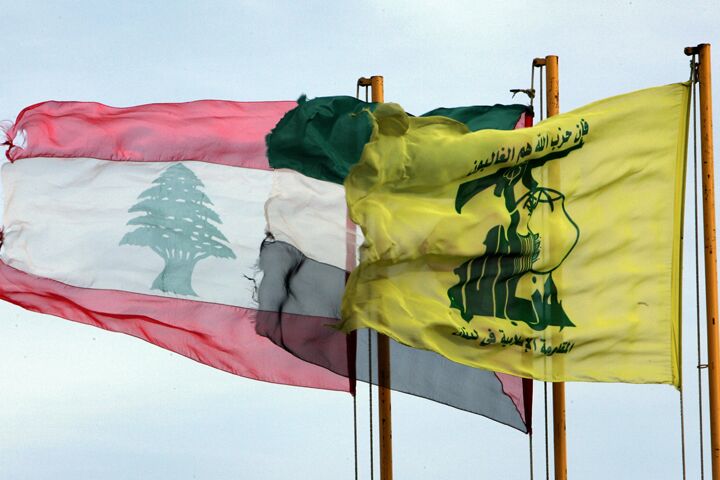
Hezbollah Buying Up Land in Southern Lebanon
Hezbollah is buying large amounts of land in southern Lebanon as part of a huge reconstruction program it calls the “Building Jihad,” according to the Sunday Telegraph. The initiative is thought to be backed by Iran.
The area, just north of the Litani River and the UN-enforced buffer zone, is full of wooded valleys and strategic gorges, which Hezbollah fighters are fortifying in preparation for another war with Israel, the Telegraph said.
Hezbollah is a Shiite terrorist organization financed by Iran.
Ali Tajeddine, a Shiite construction tycoon and former Sierra Leone diamond trader, has purchased an arc of tracts surrounding Hezbollah’s stronghold in Chbail. The village, once inhabited by Christians, is now owned by Tajeddine and populated by Shiites. Outsiders are banned from entering the area, not by the Lebanese Army, but by Hezbollah.
Tajeddine is also thought to be behind the Shiite land-grab affecting half a dozen more Druze Muslim and Christian villages in the area. The former Sierra Leone diamond trader is suspected of having strong ties to Hezbollah and of financing a large portion of the “Building Jihad.”
Druze and Christians in the area have found the influx of Shiites and shadows of Hezbollah to be disturbing.
“We have nothing here, so it was good to see money coming into the area,” mayor Hafed Kiwane, of the Druze village Al Sreiri, said, “but now we fear there are suspicious motives.”
The Hezbollah land-grab is also securing the village of Ahmediyya, which will create a region of Shiite-controlled territory stretching from Hezbollah’s south Lebanon stronghold to the Bekaa Valley.
“It is part of Hezbollah’s plan to create a state within a state,” Walid Jublatt, another Druze leader, said.
Last summer, Hezbollah fighters launched rockets and mortars at Israeli villages then crossed the border to kill three Israel Defense Forces soldiers and abduct two more. In the ensuing 34-day conflict, the terrorist group continued firing at civilian targets in Israel, employing human shields and engaging idf forces from hardened positions in southern Lebanon. Hezbollah scored favorable media coverage throughout the war and a significant military victory by fighting the idf to a stand-still before full-scale hostilities ended last August with a UN-brokered cease-fire.
The UN resolution called for Hezbollah to disarm, Israel to withdraw, and unifil and Lebanese Army forces to keep the peace in southern Lebanon. The idf has since withdrawn, but unifil and the Lebanese government have both said they will not disarm Hezbollah.
Since the war, Hezbollah, backed by Iran, has rebuilt some civilian infrastructure, winning over the opinion of more Lebanese citizens, and is re-fortifying its positions for another war with Israel under the noses both of the Lebanese Army, which is 50 percent Shiite and controlled by a Shiite-influenced government, and of unifil forces.
As southern Lebanon transforms into an even more dangerous Hezbollastan, and international agreements do little to curb the “Building Jihad,” watch Hezbollah; but more importantly, watch for Iran to back Israel into an untenable corner using all of its terrorist puppets. Read The King of the South for more on Iran’s role as the puppetmaster of Middle Eastern jihad.
